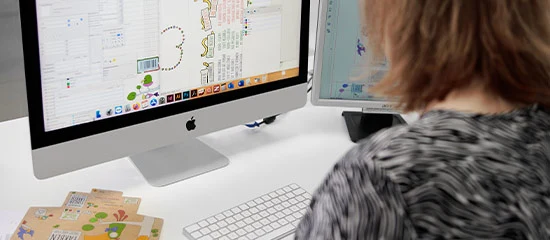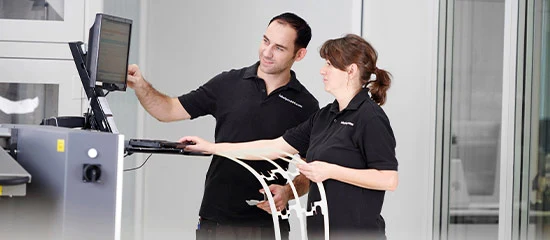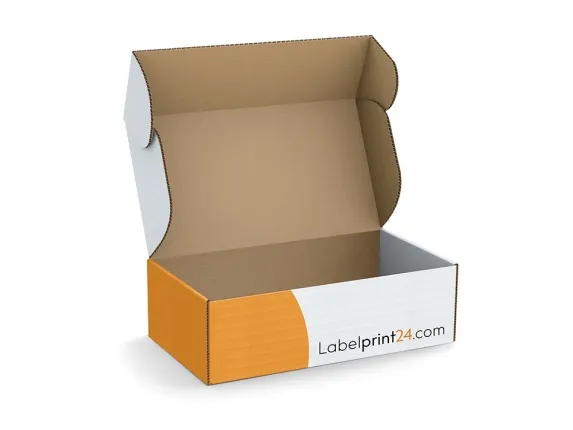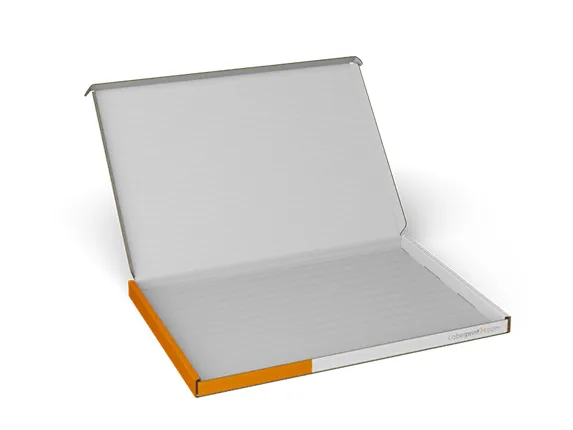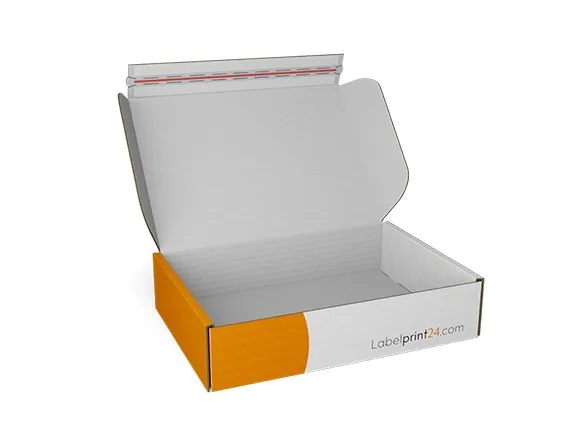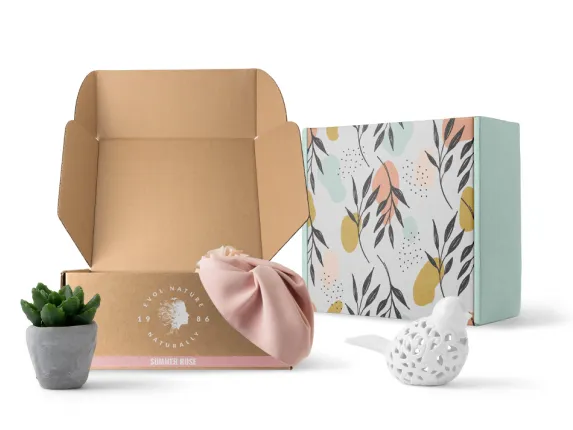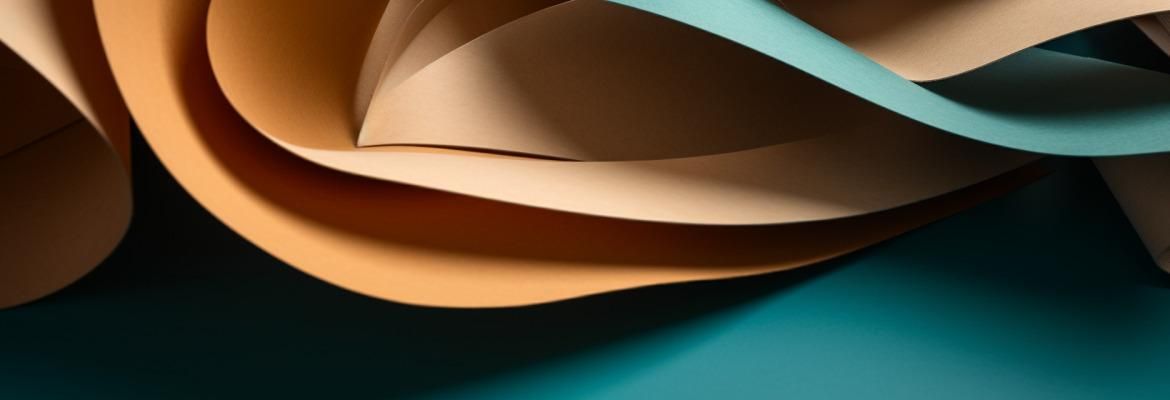
A portrait of packaging materials: grey and solid board
This magazine article from Labelprint24 educates about cardboard. Cardboard can be divided into two specific sub-types: Corrugated board and solid board. Solid board is a robust material that is often used for modern and cost-effective packaging in both the food and packaging industries. Read more about how solid board is made, what it is used for and what makes it different here.
What is the difference between corrugated board and solid board?
Corrugated board consists of one or more layers of corrugated paper glued to paper or cardboard. It is a light but strong material that is particularly suitable for protecting heavy and fragile goods.
Solid boards a strong and solid cardboard made mostly from heavy paper recycling pulp and is suitable for robust and individual packaging.
Definition: What is solid board?
Solid board is used as an umbrella term for all solid board types and consists of fully moulded material obtained mainly from wastepaper. The term "solid board" refers to a firm, heavy cardboard with a uniform structure and high density, which can be produced in single-ply, multi-ply or multi-layer. According to the “Verband Vollpappe-Kartonagen e.V.”, it has a basis weight of 220 to 2800 g/m². From a weight of 950 g/m², it is also called boxboard and from 2000 g/m², bookbinding board, as it is used for binding books. Due to its stability and robustness, solid board is often used for the safe transport of products.
Discover our printed folding boxes for corporate customers
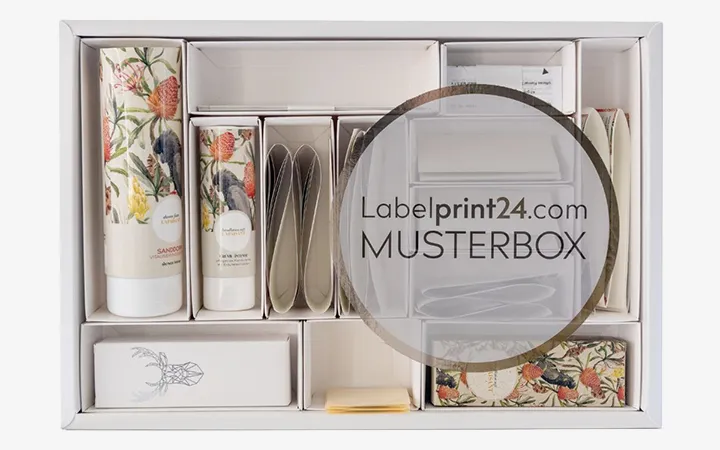
Sample made to measure. Simply order online.
The sample box from Labelprint24 offers you an exclusive selection of products, printed and finished in our company design. We will refund the full purchase price of the sample box in the form of a voucher if you decide to order from Labelprint24. The voucher is of course valid for all products in our webshop.
In this box you will find samples of labels, folding boxes, laminate tubes and package inserts.
How did cardboard originate?
The term cardboard goes back to the middle high German word "pappe" or "peppe", which means "paste". Among other things, it was used to describe the flour paste used by bookbinders in the Middle Ages to glue sheets of paper and parchment together. In the Western world, the principle of cardboard had been known since the 13th century; it was used as a raw material in the form of papers glued together for playing cards.
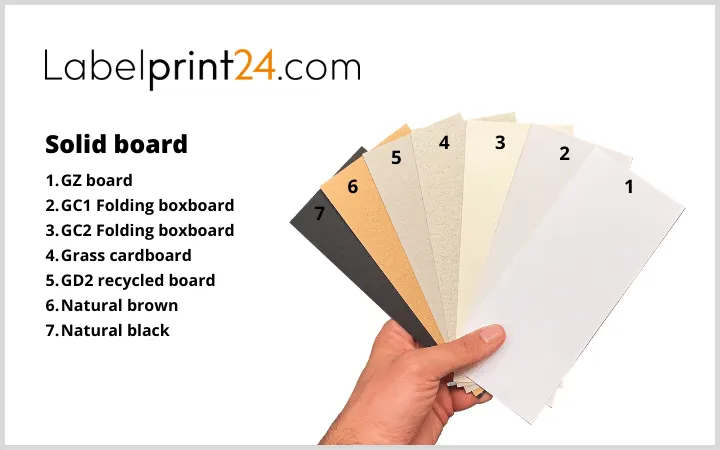
From the 17th century onwards, cardboard was then used for book bindings and other crafts also took up the material: Furriers (fur makers), for example, used cardboard to hold skins together or to store the finished end product in cardboard packaging. Hat makers also used cardboard to make the hat shape, which was then covered with fabric. In 1817, the first cardboard packaging for a strategy game was produced in Germany and in 1890, the Scotsman Robert Gair invented the pre-cut (folding) cardboard.
"Someone's not of sound mind" is an older idiom that goes back to the Middle High German word "pappe", which in Latin and later also in the Middle Ages referred, among other things, to children's porridge. So if someone is "not of cardboard", he no longer eats children's porridge, but eats solid food and becomes stronger - the idiom thus denotes a particularly strong or resistant person.
The production of solid board today
To produce solid board, wastepaper is mixed with water in a pulper - a large stirring vat - beaten up and then sieved, cleaned and further shredded. The pulp obtained in this way is then dewatered by means of screens, presses and rollers and brought to the desired layer thickness.
In principle, solid board can be single-ply, multi-ply or multi-layer. Multi-layered solid board is getting “gegautscht” during production - this is understood to mean the pressing together of several pulp webs to form a unit. In the case of multi-layer solid board, the individual dried layers are joined together with adhesive. There are two manufacturing methods for the pulp webs:
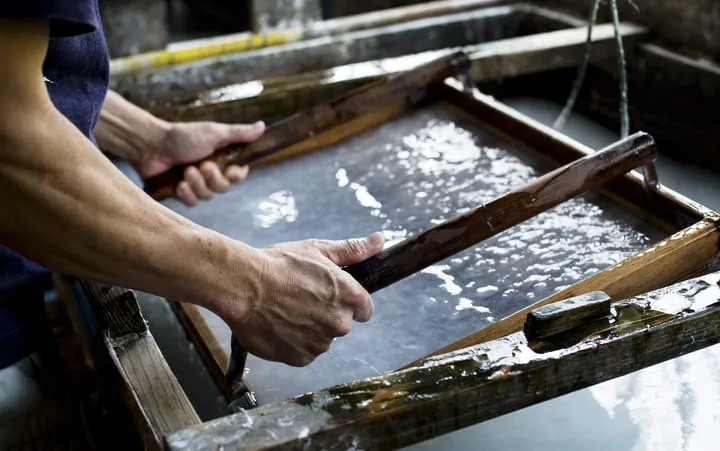
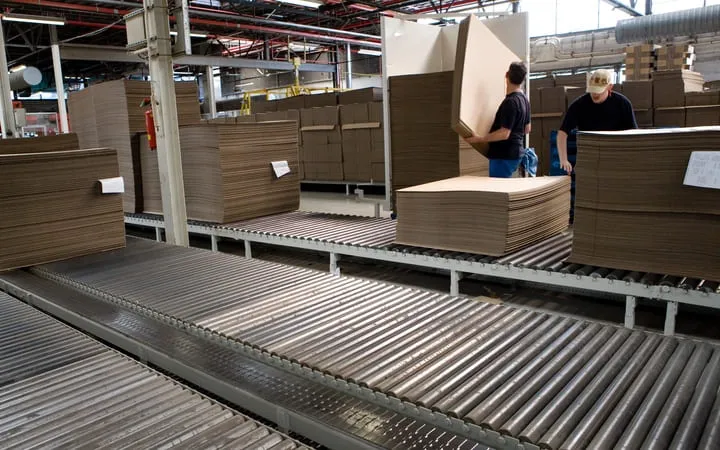
- Machine board uses a wet-on-wet process. The pulp is applied in layers on long or round wires and joined together to form a continuous web, dewatered, dried and cut into sheets. Machine board can be recognised by smooth-cut edges and a rough surface on both sides or a smooth surface on one side. It is lighter, fluffier and more porous than wrapped board.
- Wrapped board, also called handmade board, is also produced wet-on-wet. The screened pulp is brought into a web and wound onto a forming roller until the desired thickness of the board is reached. Then the cardboard cylinder is cut from the roll and dried. Wound board has irregular edges and is smoothed on both sides.
Areas of application for cardboard
Solid board has a homogeneous structure and high density, which makes it puncture-resistant and robust, but at the same time relatively heavy. Due to its high dimensional stability, it can withstand higher pressure than corrugated board and offers optimal protection of goods as well as high transport and stacking load capacity. Its solid structure also gives it a low sensitivity to moisture, which means it can also be used well in the form of custome-made cartons for storage in freezer rooms.
Solid board is made from inexpensive wastepaper that can be easily recycled several times in wastepaper processing plants and is therefore highly environmentally friendly and cost-efficient. Since the surfaces of the cardboard can be easily laminated and impregnated, they offer high product protection and hygiene, which is why they are also used to about 80 % in the food industry for vegetable trays, trays, gift, sales and food packaging and beer mats. In addition, they are used in industrial plants as intermediate layers, sleeves or robust shipping boxes, and solid board is also used in the artistic sector for board games, advertising displays, luxury packaging or books.
Sub-varieties of solid board
There are basically seven sub-types of solid board, which in most cases are named after their raw materials or their special properties:
- Grey board is an unglued, plain board with a grey colour on one side and is the most used of the different sub-types. It consists of 100 % recovered paper and cellulose. Grey board is used in model making, architecture, bookbinding, as a backing for blocks and calendars, and as a raw material for packaging.
- Archival board is an ageing-resistant, acid-free board that protects documents from decay. It is therefore particularly suitable for storing important documents and is used in libraries, art and state archives. It provides document protection with special properties.
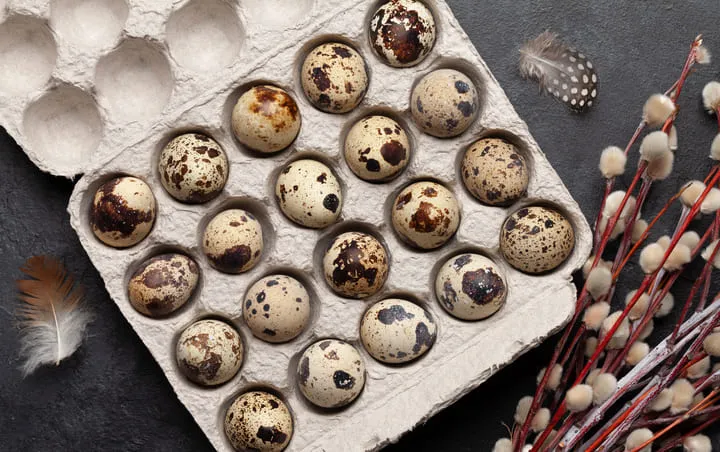
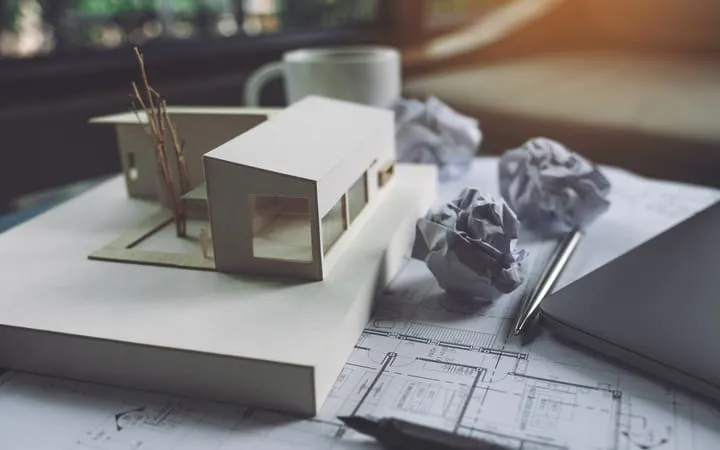
- Finboard originally comes from Finland and is a machine wood board made of pure, natural-coloured groundwood, which is why it darkens in sunlight. Since Finboard is very light, it is used primarily in architectural modelling.
- Hardboard is a bending-resistant, tough cardboard with a very high density. It is produced in different colours and is used in various areas such as stencils, to reinforce shoes or for panelling in the automotive industry. Blackboard, a black coloured hardboard, is suitable as a presentation material or as a substrate for laminating work - a form of finishing with films - due to its volume and the smoothing it provides.
- Manila board is a cheap, strong type of cardboard made from less cleaned fibres. Since the wood fibres are only half bleached during production, it has a brownish-yellow colour and the fibres are partially visible to the naked eye. Manila paperboard is less tear-resistant than other types of paperboards, but it is easier to print on. It is used, for example, for file covers or as wrapping paper. It got its name from its original production process in the Philippines, where manila hemp was used as a raw material.
- Soda board is either a kraft board made from 100 % sulphate pulp or a mixed board with recycled paper content, in the production of which a caustic soda solution is used. It is used to produce various products for office organisation (such as pendulum staplers) or for telescope boxes.
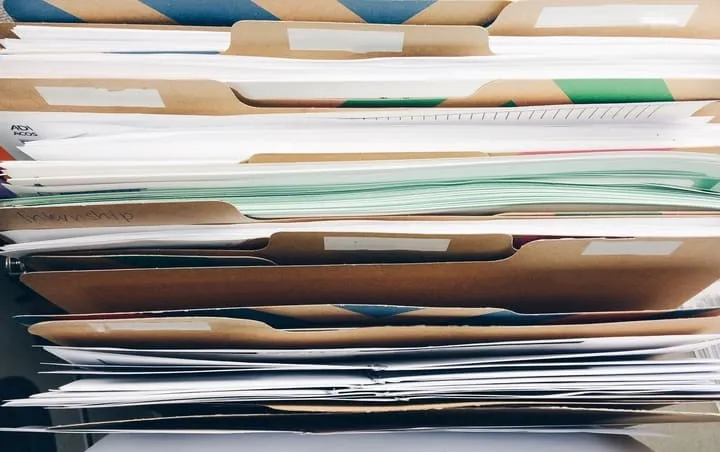
The three materials are produced from the same basic materials and basically according to the same production method and differ in three aspects: Firstly, regarding their colour, i.e. their degree of whiteness, as well as their opacity; secondly, there are differences regarding their weight. If the weight per unit area is less than 150 g/m², it is generally referred to as paper. Between 250 and 500 g/m² it is called cardboard and above 600 g/m² it is called paperboard. The ranges from 150 to 250 g/m² as well as from 500 and 600 g/m² are termless. This means that the terms paper and cardboard or cardboard and paperboard can be used here.
Outlook: Alternative raw materials
Outlook: Alternative raw materials Due to the increasing demand for cardboard packaging as well as supply bottlenecks and significantly increased costs for wastepaper, alternative raw materials for paper production are coming into focus: In the meantime, paper can also be produced from the faster-growing raw material grass fibre. It serves as a supplement to wood for paper products such as packaging, napkins, kitchen paper and drinking straws. The fibres are recyclable and are obtained from hay purely mechanically, without the addition of chemicals.
Pineapple fibres are also an alternative. Since they are produced in large quantities as a waste product in pineapple exports, they do not have to be harvested separately for processing into paper. The fibres themselves are difficult to compost and were therefore dried and burned with the help of chemicals. By processing them into paper, both paper production and pineapple exports will become more environmentally and resource friendly in the future.
Conclusion
Solid board is a cost-effective material that is used primarily in the packaging industry. Due to its production from wastepaper, it is particularly environmentally friendly and easy to recycle. At the same time, it has good stability and durability, which makes it very interesting for customers with a focus on environmentally friendly and durable products. That is why not only customised boxes, but also vegetable crates, beer mats and board games are made from solid board.

